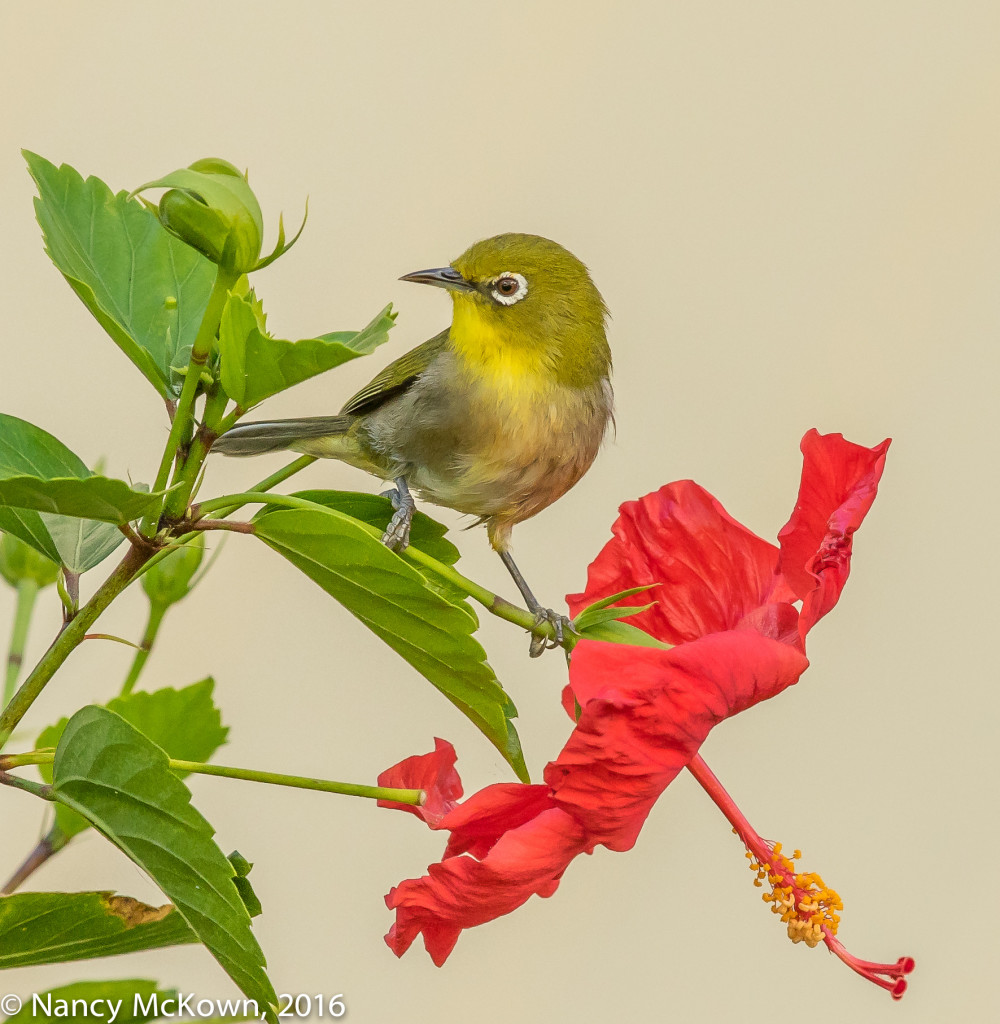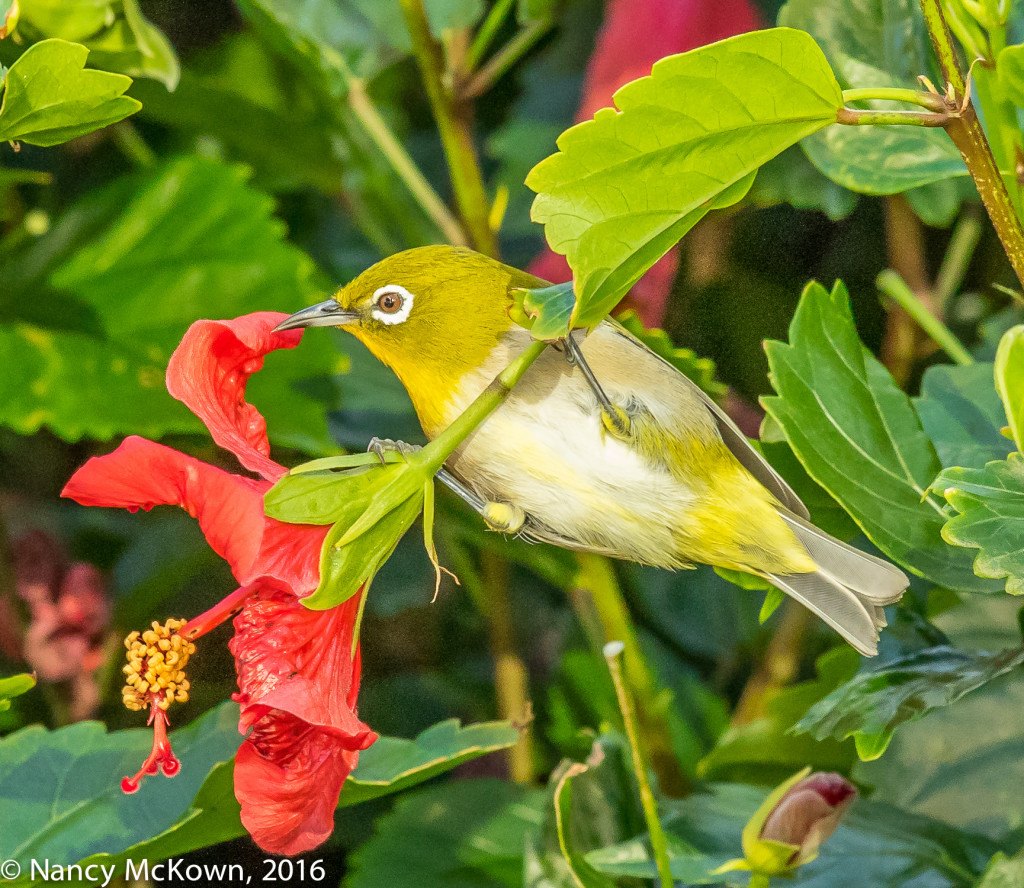Bonus Reach Needed?
I often pair my 300mm and 500mm lenses with either a Canon EF 1.4X III or 2.0X III telephoto extender…both of which were designed specifically for Canon’s newest telephoto lenses. Birds are small and seemingly always out of reach..and even though I consider myself to be a stealthy stalker of birds, I regularly assume that I will need that bonus reach; that extra level of magnification when I’m out in the field.

The Clarity (note the relatively low ISO)
and the Background Make this Photograph
Look like an Audubon Print.
ISO 400; f/6.3; 1/640 Second
Remove the Tele-Extender
So, despite the fact that I can state unequivocally that I have achieved pro quality results on images I simply would never have captured without the extra reach of an extender, I decided (just this once) to remove the 1.4x extender on my relatively fast Canon 2.8L 300mm IS II prime telephoto lens.
I have to admit that I thought about this long and hard…felt a little trepidation thinking that some wondrous bird would come out of nowhere and perch just a little too far away from the 300mm’s reach. But I did it anyway… purposely took off the telephoto extender just to remind myself why I bought a 300mm L II lens. I distinctly remember that I did NOT buy this highly rated, fast, tack sharp, expensive and reliable prime lens to put an extender on it.
Found a Bird Close Enough
It took me awhile, but I finally came upon a couple pairs of small, quick Japanese White-eyes willing to pose close to the camera. (We visited the island of Kauai in early March, 2016. Japanese White-eyes are one of the most common birds in Hawaii.) The lens’s ultra-sonic auto-focus motor felt adept and nimble as I tracked the birds. It locked focus almost immediately on the fast moving Japanese White-eyes.
Overall, I am very happy with the quality of these images, especially the image above where I was able to maintain a relatively low ISO. Giving up the bonus reach during this photo shoot was definitely worth it.

ISO1600; f/6.3; 1/500 Second
Disadvantages of Telephoto Extenders
To work well, a telephoto extender must be compatible; designed to physically and electronically interface with specific lenses. The main reason photographers buy telephoto extenders is so they don’t have to purchase and haul around a larger prime telephoto lenses. Attaching a telephoto extender is very convenient, but there are disadvantages:
- Probably the most significant drawback: Image quality is impacted. Whenever you disrupt the path between a lens and the DSLR by inserting additional “glass”, you sacrifice quality in contrast and sharpness. Images look softer. Questions a bird photographer must ask: How much clarity is sacrificed? and…Does it matter?
- Attaching an extender will reduce the maximum aperture on the lens, and consequently decrease the lens’s potential to bring in light. NOTE: This is not usually a problem because with long lenses and bird photography, sufficient depth of field requires that you tighten up the aperture, not open it.
- You make the lens longer when you attach a telephoto extender, and consequently, you magnify camera shake. Increasing the shutter speed may help stabilize the lens, but in low light bird photography, that is not often an option.
- Autofocus is slower and less accurate with a telephoto extender attached, especially when your bird is positioned in low light or with insufficient contrasting background.

ISO1600; f/7.1; 1/400 Second
No Matter How Long the Lens
I complain a lot about not having enough reach to get the shots I want. The truth is that in most circumstances, no lens is long enough in bird photography. The perfect bird shot would be, more often than not, out of reach, even if I bought a Canon EF 1200mm f/5.6 L USM lens.
That’s OK. I still plan to get out there with the bird lenses and telephoto extenders that I have and do my best.








